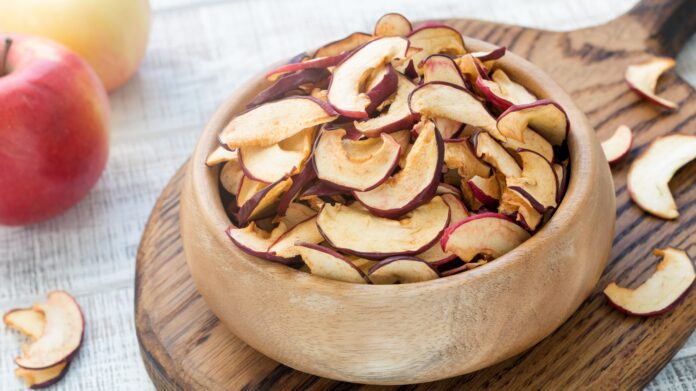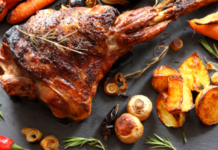Fruits and vegetables are dried to preserve them, a method with a long history. Since ancient times, people have dried fruits and vegetables outside or in ovens, but when it comes to commercial production, nothing beats a commercial dehydrator.
Dehydration of fruits and vegetables is similar to any other food dehydration, and a few of the most important factors for preventing spoilage from mold and other bacteria are:
- Moisture
- Weather
- The airflow
Using a commercial dehydrator allows you to control all three of these factors for a more consistent approach to drying fresh produce.
A GUIDE TO CHOOSING FRUITS AND VEGETABLES
Dehydrating a wide range of fruits and vegetables is possible. These include:
- Fruits like apples, pears, apricots, peaches, mangos, and pineapples are larger.
- Berries such as strawberries, blueberries, and raspberries.
- Oranges, lemons, limes, and grapefruits – great for garnishing cocktails or decorating cakes!
- Veggie chips with sweet potato, kale, beetroot and more.
- You can also dehydrate other vegetables to increase their lifespan and rehydrate them before cooking and consuming them.
PREPARE FRUITS AND VEGETABLES FOR DEHYDRATION
To begin, you should start with high-quality fresh produce. The purpose of Large Food Dehydrator and vegetables is not to utilize rotten or bruised fruit, but rather to extend the life of fresh and ripe produce.
The first step is, of course, to wash your fruits and vegetables. Wear gloves and aprons when handling the product, and take care not to break the skin to avoid contaminating the flesh.
Once the peel has been removed, proceed to the next step. Fruits and vegetables can be dehydrated with the peel on, but this will increase the dehydration time. Peels should not be eaten if you normally wouldn’t eat them. Cut away any damaged parts of the product as well.
The best way to dehydrate some fruits and vegetables is whole, while others should be sliced. The thicker the slices or larger the pieces of fruit and vegetables, the longer they will take to dehydrate. Cut the pieces at the same thickness for consistent drying time, and don’t forget to cut away any blemishes that might ruin the final product.
BLANCHING, SUGARING, ACID BATHS, AND SULPHURING METHODS OF PRESERVATION
Some fruits, like apples and pears, benefit from being treated with some form of acid before dehydrating in order to prevent browning. The juice of acidic fruits, such as lemon juice or pineapple juice, can be used, but in a commercial environment, citric acid or ascorbic acid provides more consistent results.
Some root vegetables, such as beetroot, will benefit from being blanched before dehydrating.
In addition to sulfuring or sulfating, some producers use this method of preserving fruit color. While sulfur-based methods are more durable than other methods, they can cause reactions in some asthmatics, and some consumers prefer naturally dried fruits.
Let’s examine each of these methods:
- Sweetening involves soaking fruit in sugar syrup for up to 18 hours, then removing the excess and drying
- In sulphuring, sulphur is ignited and burned in an enclosed box with fruit
- Sulphite dips: Sodium bisulphite, sodium sulphite, or sodium meta-bisulphite are dissolved in water as a fruit soak
- Vitamin C (ascorbic acid) is dissolved in water and used as a soaking liquid to reduce browning
- An ascorbic acid mix can be substituted with a fruit juice dip high in vitamin C, such as lemon juice or pineapple juice
- Fruit and vegetables can be steamed over boiling water, but this can change their flavor and texture
- Blanching water: Bring water to a rolling boil, then place vegetables in it – time varies depending on the vegetable. Before dehydrating some fruits, such as blueberries, the skin needs to be cracked in boiling water.
Help keep news FREE for our readers
Supporting your local community newspaper/online news outlet is crucial now more than ever. If you believe in independent journalism, then consider making a valuable contribution by making a one-time or monthly donation. We operate in rural areas where providing unbiased news can be challenging. Read More About Supporting The West Wales Chronicle

























